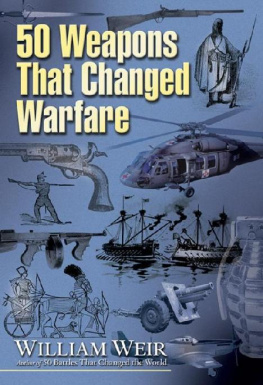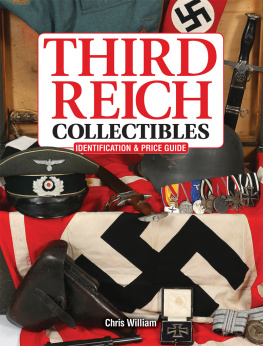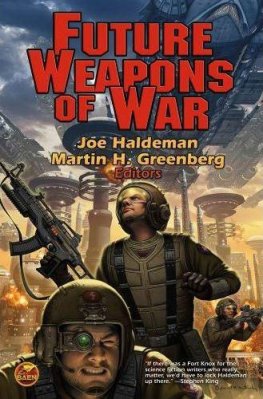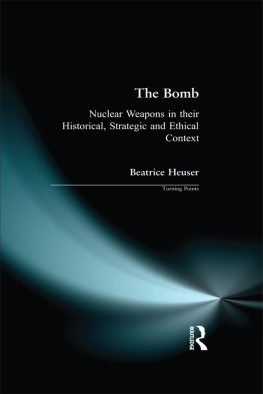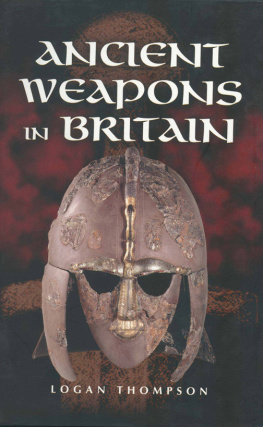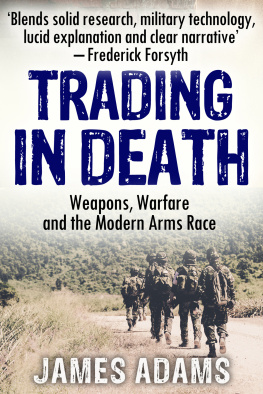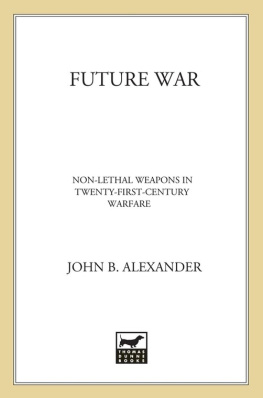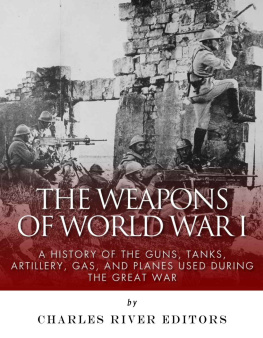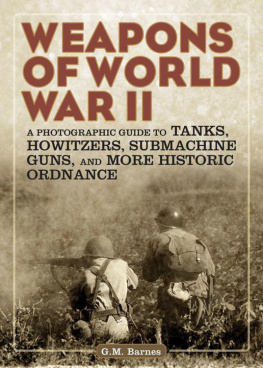50 Weapons That Changed Warfare
William Weir
William Weir, author of New Page Book's 50 Battles That Changed the World, takes another look at the history of warfare, focusing on the hardware that served those famous battles, as well as others not as glorious. Included are: Individual weapons-from spears to the submachine gun.
Crew-served weapons-from battering rams to "Big Bertha".
Unmanned weapons-from punji stakes to "Bouncing Betty" landmines and trap guns.
50 Weapons That Changed Warfare even includes devices that, strictly speaking, are weapons carriers, such as tanks and bombers, but which have had enormous effects on the conduct of war. This book describes the effects of these weapons and how and why they changed warfare-from the bloody carnage produced by hand weapons throughout history to the never used but universally feared fusion bomb, whose sole purpose is to destroy millions of people while leaving buildings intact. Each weapon is not only described, but also illustrated to give a clearer picture of its usage and effects.
William Weir 50 Weapons That Changed Warfare Dedication
For Emma.
May she grow up to a world in which warfare is only history.
Acknowledgments
A ny work of history owes a huge debt to hundreds, perhaps thousands, of persons the author does not know and may not have even heard of. Thats especially true if the subject is invention, even invention of weapons. And it should be noted that inventors of these bloody devices were not necessarily bloody-minded.
Many inventors of weapons, such as Hiram Maxim, with his machine gun, and Alfred Nobel, with dynamite, thought their inventions were so powerful they would make war too horrible, and the world would try to settle disputes in a more peaceful way. The inventor of the spear probably considered it nothing more than a way to bring more meat to the family cave. The inventors of riding and the composite bow aimed to make it easier to herd cattle and sheep and protect them from predators, not to make it easier for Genghis Khan to conquer most of the known world. Like the inventors of barbed wire, they were thinking of the cattle business, not the battle business. The Wright brothers were mainly interested in soaring through the air with wings, like birds. They may have had some thoughts about faster transportation, possibly also the use of planes in war. But it is most unlikely that they had any inkling of the way their invention would be used in World War II.
Other inventors, of course, knew very well what their innovations would do.
Callinicus knew that his Greek fire would annihilate enemy fleets and enemy sailors, but his object was not killing people but saving Christian civilization.
David Bushnell, who built the first submarine used in combat, was interested only in freeing his country from British domination.
It should also be said that new weapons have made war different, but not necessarily more horrible. Genghis Khan, in the course of a few years, managed to kill 20 million people, which in the 13th century was quite chunk of humanity. And he did this primarily with bows, arrows, and swords.
In addition to the inventors, anyone writing about the development of weapons over the last million or so years had to rely on the testimony of writers who have seen them and seen their effects. Finding those writers would have been impossible without the research staff at the Guilford, Connecticut, public li-brary and their librarian colleagues around the country and around the world.
Thats just the work involved in writing the book. To produce what youre reading took the efforts of another team: Mike Lewis, my editor at Career Press/New Page Books and his colleagues in the editorial and production departments. Mike had the concept of a list of 50 weapons that changed warfare, and my agent, John White, convinced him I could handle the project. Finally, and most important, theres my wife, Anne, who not only put up with me hog-ging the family computer, but read every chapter and contributed much helpful criticism.
If, after all this help, you find any mistakes, theres only one place to lay the blame: on the evil spirits that inhabit my computer.
Guilford, Connecticut, November, 2004
Introduction
F or the last few thousand years, wars have been fought with weapons.
For long stretches of time, they have been fought with the same, or similar, weapons. For example, flintlock smoothbore muskets were the basic infantry weapons for more than a century. When, in the early 19th century, they were replaced by percussion smoothbore muskets, soldiers got a more reliable weapon, but they didnt have to change their tactics. A little later, they were given percussion rifled muskets. The musket looked almost the same. It had a percussion lock, and it was a muzzle-loader. About the only difference was the rifling grooves in the barrel. Generals didnt see why they should change their tactics. Thats why the American Civil War is the bloodiest war in our history.
Most of the weapons that change warfare eventually become obsolete. The weapons that replace them may further change warfare, or they may not. The muzzle-loading rifle was quickly replaced by the breech-loading rifle, and the breech-loading single-shot by the breech-loading repeater. The repeater let troops fire faster. The muzzle-loading rifle had taught infantry the need to disperse and take cover. The breech-loader made firing from cover much easier, which meant that infantry opposing it had to move faster and in smaller groups. That was a substantial change. When the repeating rifle replaced the single-shot breech-loader, soldiers could still fire from cover, but they fired much faster.
That should have required infantry opposing them to move faster and in smaller groups. Troops in the Second Boer War and the Russo-Japanese War learned that the hard way, but most European generals at the beginning of World War I hadnt even learned the lessons of the American Civil War. But then the machine gun appeared as a major weapon. In World War I, Hiram Maxims brainchild demonstrated that tactics needed a drastic revision. The machine gun is still with us, but thanks to the tank it no longer owns the battlefield. The tank and its aerial partner, the dive bomber, took over ownership of battlefields early in World War II, but the blitzkrieg they created was quickly countered by other new weapons such as antitank land mines and shaped-charge rockets and artillery shells.
One war-changing weapon that did not become obsolete was Greek fire. In the 7th, 8th, and 9th centuries, it was the ultimate naval weapon. Then it was lost. It didnt get a chance to become obsolete. While it was in use, though, it preserved the life of the Byzantine Empire, which profoundly changed the history of Europe, and the history of the world.
Most weapons that changed war were used over a long period of time. One was used only twice, but it has changed the way people thought about war and waged war for a long time. Whether nuclear weapons will continue to have this effect cannot be predicted, although it is certainly hoped for.
This book will look at how 50 weapons changed war in much the same way as my previous book, 50 Battles that Changed the World, looked at the most important military encounters in history. Each of the following chapters will explain how the weapon in question changed war, usually through showing how it was used in battle. It will also describe, in easy-to-follow terms, how the weapon worked. The weapons are presented in roughly chronological order
roughly because, with many weapons, its difficult to say exactly when they went into use. Not all are like the tank, the introduction of which can be pin-pointed at September 13, 1916. Bows and arrows were in use by 9000 BC and probably had been invented thousands of years prior. And even with tanks, there are qualifications. They are the most powerful of a larger class of weapons: armored vehicles. Armored vehicles go back at least as far as the Hussite Wars of the 15th century. But when we discuss armored vehicles, well start with World War I, because that was when they began to permanently change warfare. The same is true of armored ships, which were first used by the Korean admiral Yi Sun Shin in 1592. Yis armored ships foiled a Japanese invasion, but they played no further part in warfare. So we start our discussion of armored ships which include cruisers, battleships, and aircraft carriers with the era when the C.S.S. Virginia and the U.S.S. Monitor revolutionized naval warfare.
Next page
